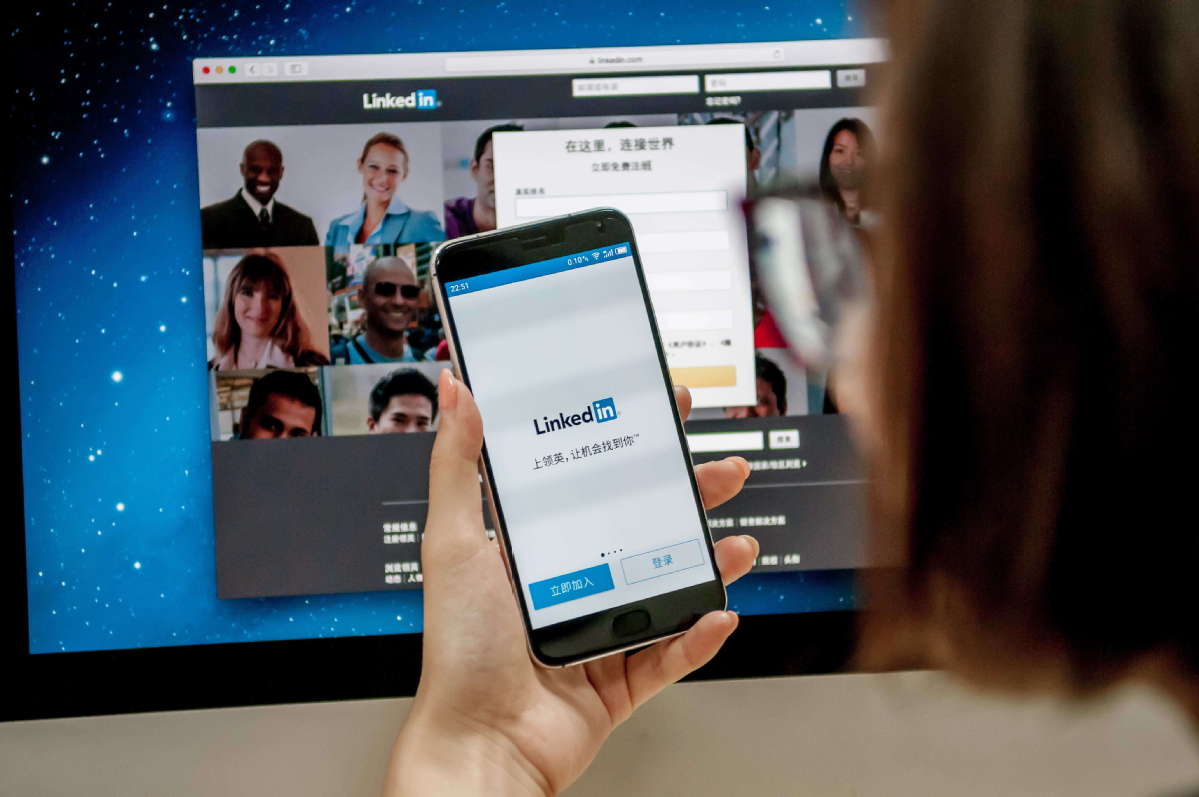Linking Chinese B2B companies with new global customer bases


Online network to offer local market the digital edge in brand-building across the world
With an increasing number of Chinese enterprises and startups seeking to go global and get closer to new customer bases, LinkedIn, the California-based online social network for professionals, plans to partner with more local firms in the business-to-business or B2B space.
LinkedIn will help its Chinese partners find new customers for their products and services via digital networking technologies.
LinkedIn will provide market content and business solutions to help domestic companies transform from original equipment manufacturers, or OEMs, into independent brand owners or popular sellers.
Vianne Cai, general manager of marketing solutions at LinkedIn China, said that for long Chinese companies in traditional sectors like manufacturing, energy, infrastructure and services sought to build global sales networks. Now, they are joined in this pursuit by new-age businesses in sectors like high-tech, education, and digital economy. All of them are eyeing the world, especially economies participating in the Belt and Road Initiative.
As the digital economy has significantly improved businesses across industries, Chinese companies are considering multiple options to brighten their brand image and increase their visibility.
No longer are they content with just inserting advertisements on the giant video screens at the Times Square in New York City, or participating in large-scale exhibitions. They are looking at more and unconventional solutions, she said.
"Chinese B2B companies today care more about their reputation and sustainable connection with partners and consumers in overseas markets. They are keen to transform their products into brands," said Cai, adding digital marketing methods are key to restoring their earning ability in a smart way.
So, LinkedIn published a China B2B Brand Globalization White Paper in Shanghai on June 21 to urge more domestic companies to adopt digital technologies to accurately reach their overseas clients. Use of the digital medium will also help Chinese players in understanding foreign market environment and tackle challenges like insufficient brand-building ability and inadequate localization strategies, the white paper said.
The study collected opinions from 2,646 corporate decision-makers from 18 markets now active in the B2B business. It found that Southeast Asia is the first choice for many Chinese companies to expand their businesses, because they share similar culture, and the region's consumer group has a large number of overseas Chinese and younger generation, promising fast GDP growth.
Even though it found that up to 81 percent of overseas business executives were interested in cooperating with Chinese companies thanks to the country's industrial upgrade, about 40 percent of them chose to purchase Chinese products and only 5 percent of them said they will continue to buy the goods supplied by Chinese companies. They attributed this to lack of trust and brand loyalty in Made in China products.
"Therefore, brand-building is critical for Chinese B2B companies in the process of going global," said Zhou Xiaodan, head of marketing in the marketing solutions department at LinkedIn China. "Combining traditional methods and digital means can help them to build their brands while taking into account business. It is a two-way solution."
China's B2B enterprises have the advantage of high efficiency, having completed the upstream and downstream chains. They have the right product strategy too, she said.
However, Zhou said there are some gaps between them and B2B companies in Europe and the United States. Companies in developed markets are proficient at conducting brand promotion campaigns, creative packaging, high-end product design.
"We are now seeing that many Chinese companies have become fast learners in these fields and begun to deploy more resources to offset their previous weakness," she said.
Attracted by China's favorable business policies and new growth momentum generated by the Belt and Road Initiative and e-commerce boom, LinkedIn will deploy more resources and add engineers to support their B2B clients' need to put their revenue growth on a firmer footing in overseas markets.
Supported by over 14,000 employees, LinkedIn had 630 million registered members in over 200 countries and regions by the end of the first quarter of this year.
"Digitalization is changing commerce in a number of ways. We are seeing some businesses disappear or evolve over time, but at the same time the creation of new brands and types of operational modes are eliminating some traditional roles," said Sun Fuquan, a researcher at the Beijing-based Chinese Academy of Science and Technology for Development.
"For example, if you look at the manufacturing sector today and compare it with the roles five years or a decade ago, they are fairly different. Chinese companies should continue to adapt this trend and embrace some new technologies to enrich their operations at both home and overseas," he said.




































